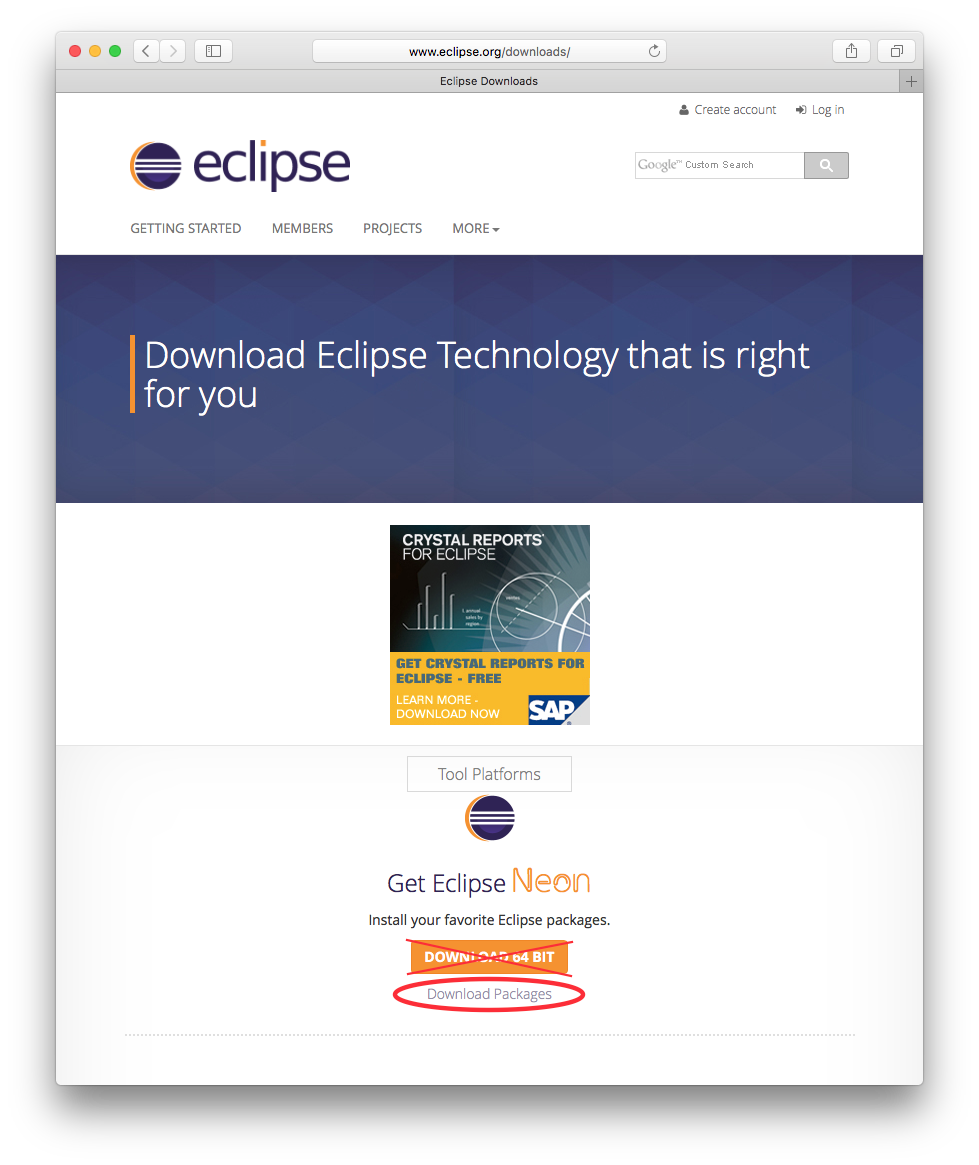

But like the CDT Plugin for Eclipse itself, the AVR Plugin does not include a toolchain, it has to be installed separately before this plugin can be used. It also needs a Java Runtime 6 (or higher).įurthermore you need the AVR-GCC toolchain for AVR cross target development. Eclipse is self contained (does not require installation) and only needs to be unpacked.


The Eclipse IDE for C/C++ Developers download package contains a suitable Eclipse IDE for running this plugin. If you do not have Eclipse or a required version go to the downloads page to download the latest version. Also the C/C++ Development Tools (CDT) Plugin is required to use the AVR Eclipse Plugin. It may still work with Eclipse versions down to 3.4 (Ganymede), however this has not been tested and these antique Eclipse versions are not officially supported. The plugin has been tested with Eclipse 3.6 (Helios) and Eclipse 3.7 (Indigo). No, there are many IDE programs out there such as WebStorm IDE, but no IDE truly has as many plugins available and supports as many languages as Eclipse.The AVR Plugin has been successfully tested with Windows, Linux and Mac OS X. This gives you full cross-platform use thanks to the cloud feature of Eclipse. Where can you run this program?Įclipse can be installed on Windows computers, Mac Cocoa, and Linux systems. The marketplace has thousands of plugins and tools that are ready to be installed.

To find the new plugin you need for the next language you’re learning, simply use Eclipse’s marketplace. However, if you are sharing your computer, other users may be able to access your projects.Įclipse is great if you’re trying to learn a new programming language, especially if you already know one as you won’t need to install a secondary IDE for that language. Projects created within Eclipse are easy to maintain and keep secure. This also means you’re fully capable of taking Eclipse’s code and developing an IDE that suits your personal needs, all while coding within Eclipse itself. Expanding upon coding uses, you’re also capable of using Eclipse to develop documents for LaTeX, and create packages for Mathematica.Įclipse is open source and free, which means that you get frequent updates, many versions with unique features to choose from and a wide variety of plugins. Work anywhere thanks to Eclipse’s cloud-based feature that shares your projects to the cloud.ĭeveloped in Java with its main focus being Java, you’re able to code in a variety of languages such as Ada, C, C++, COBOL, Fortran, D, JavaScript, Groovy, Erlang, Haskell, Julia, Lau, Lasso, Python, Ruby, and many more languages thanks to the multitude of plugins available.


 0 kommentar(er)
0 kommentar(er)
